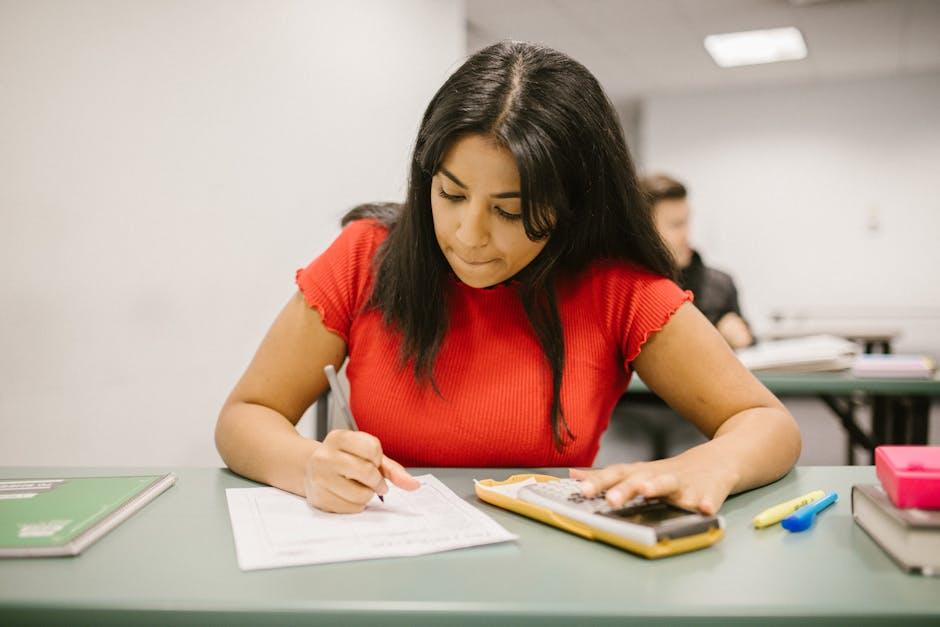Unleash Your Inner Craftsperson: DIY Pet Toys from Recycled Materials
Saving money on pet supplies is a goal for many pet owners, and it’s surprisingly easy to achieve. One fantastic way to reduce expenses while enriching your pet’s life is by crafting engaging toys from recycled materials. Learning how to make pet toys from recycled materials saves money and gets creative, offering a rewarding experience for both you and your furry friend. This approach also aligns with environmentally conscious pet care practices, reducing waste and promoting sustainability. Forget expensive pet store toys – let’s explore the endless possibilities of repurposing household items into fun and stimulating playthings!
Textile Treasures: Transforming Old Clothes into Pet Toys
Old t-shirts, socks, and towels are goldmines for DIY pet toy creation. These soft materials are ideal for creating tug-of-war toys, plush companions, or even simple braided ropes.
No-Sew Tug-of-War Toy:
This is a perfect project for beginners. Simply cut an old t-shirt into strips of approximately 2-3 inches wide. Braid these strips together tightly, leaving a few inches at each end unbraided. Tie the loose ends together securely in a knot. You can add a little extra flair by knotting sections of the braid for added texture and grip. Remember to supervise your pet during playtime, especially with newly crafted toys, to ensure no small pieces are ingested.
Plush Toy from Old Socks:
Stuffing old socks with recycled filling (more on this later!) is a simple way to create a cuddly toy. You can sew the open end closed (a simple running stitch works well), or use fabric glue for a no-sew option. Consider adding buttons for eyes and a piece of felt for a nose – just make sure these additions are securely fastened to prevent them from becoming choking hazards.
Braided Rope Toy:
Similar to the tug-of-war toy, braiding strips of fabric creates a durable and engaging rope toy. However, for a rope toy, use longer strips and braid them more tightly. This type of toy is especially good for dogs who enjoy chewing. Always ensure the fabric is strong enough to withstand your pet’s chewing habits. Avoid using materials that could fray easily and pose a choking hazard.

Cardboard Creations: From Boxes to Cat Castles
Cardboard boxes, tubes, and egg cartons offer a wealth of opportunities for creative pet playthings. These materials are readily available, inexpensive, and easily manipulated to suit your pet’s preferences.
Cat Scratching Post from Cardboard Tubes:
Wrap several cardboard tubes (toilet paper or paper towel rolls work perfectly) tightly with sisal rope or sturdy fabric scraps. You can secure the rope with hot glue, ensuring it’s firmly attached to prevent your cat from ingesting loose fibers. This creates a fun and cost-effective scratching post, saving you money compared to store-bought options.
Interactive Puzzle Feeder from a Cardboard Box:
Cut various sized holes in a sturdy cardboard box. Hide your pet’s treats or kibble inside the box, encouraging them to use their problem-solving skills to retrieve their rewards. This is a fantastic way to provide mental stimulation, especially beneficial for dogs and cats. Always supervise your pet to prevent them from damaging the box excessively or ingesting cardboard pieces.
Egg Carton Maze:
For small animals like hamsters or gerbils, an egg carton can be transformed into a fascinating maze. Create small tunnels and chambers by carefully cutting and joining sections of the egg carton. This provides environmental enrichment and encourages natural foraging behaviors.
Plastic Bottle Prowess: Turning Trash into Treasure
Plastic bottles, after thorough cleaning and drying, can be repurposed into various pet toys. However, always supervise your pet’s interaction with these toys to prevent accidental ingestion of plastic pieces.
Treat Dispensing Ball:
Cut small holes in a plastic bottle (ensure the edges are smooth to prevent injuries). Place treats inside the bottle and let your pet roll and bat it around to get the treats out. This is an excellent way to provide mental stimulation and encourage physical activity. Make sure the holes are appropriately sized for your pet’s mouth to prevent frustration.
Sound-Making Toy:
Fill a cleaned plastic bottle with dried beans or rice. Seal the opening tightly with strong tape or glue. The rattling sound will intrigue your pet, creating a fun and stimulating toy. This is particularly engaging for cats.
Repurposing Other Materials: Expanding Your Creative Horizons
Beyond textiles, cardboard, and plastic, many other household items can be transformed into pet toys. Tennis balls can be easily cleaned and repurposed. Old CDs can be turned into interactive toys (though supervision is crucial to prevent ingestion of small shards). Even sturdy, clean plastic bottle caps can be strung together to create a simple, noise-making toy. Remember that safety is paramount. Always inspect homemade pet toys regularly for wear and tear and discard them when they become damaged or pose a potential hazard.
Tips for Safe and Engaging DIY Pet Toys
Remember, safety should always be your top priority when creating DIY pet toys. Always supervise your pet while they play with homemade toys. Avoid using materials that could be toxic or pose a choking hazard. Opt for durable materials that can withstand your pet’s chewing and playing habits. Regularly inspect toys for damage and discard them if they become frayed, broken, or pose a safety risk. Consider your pet’s breed, size, and playing style when choosing materials and designing toys. For example, a small dog might not be able to handle a large, heavy toy, while a powerful chewer needs a more robust toy than a gentle pet. By following these simple guidelines, you can create fun and safe toys for your beloved companion. Consult your veterinarian or a pet care professional at Petco or similar stores if you have concerns about a specific material or design. Remember, choosing sustainable materials and reducing waste contributes to responsible pet ownership and a healthier planet. Start creating today and discover the joy of making unique and affordable toys for your furry friend!

